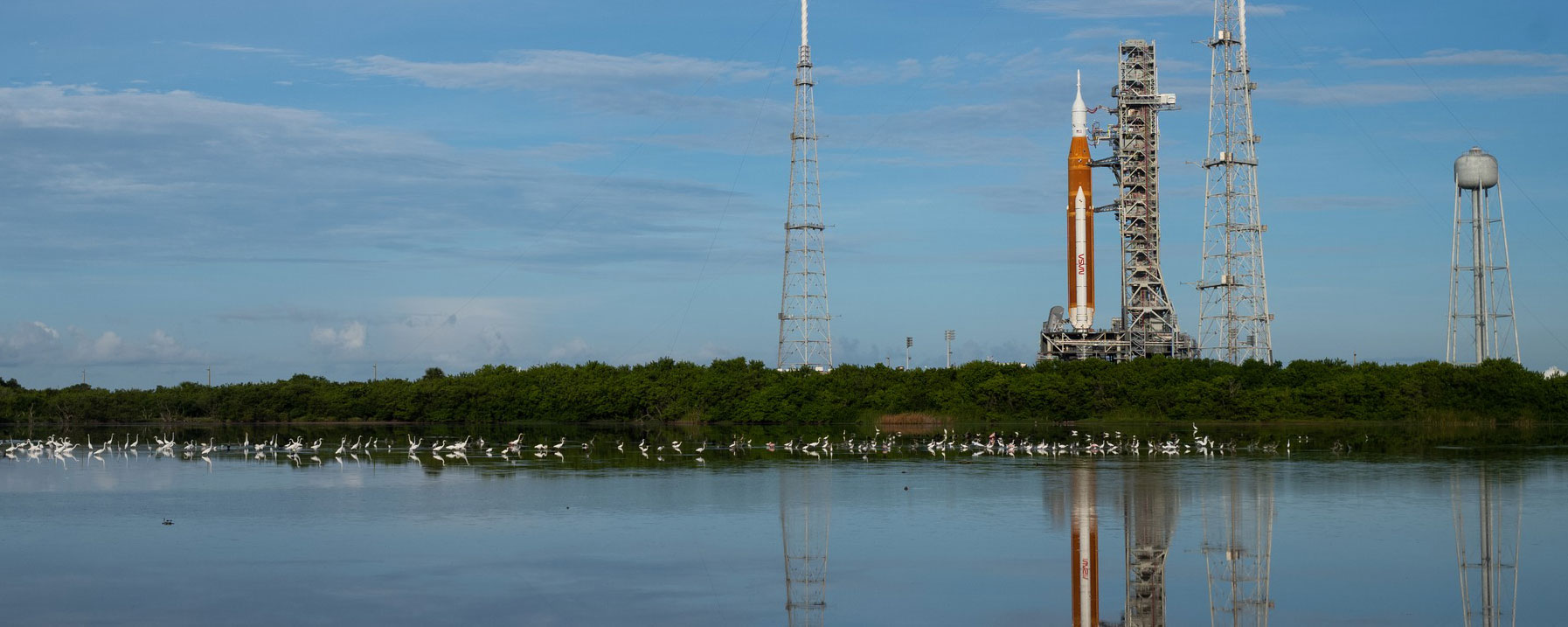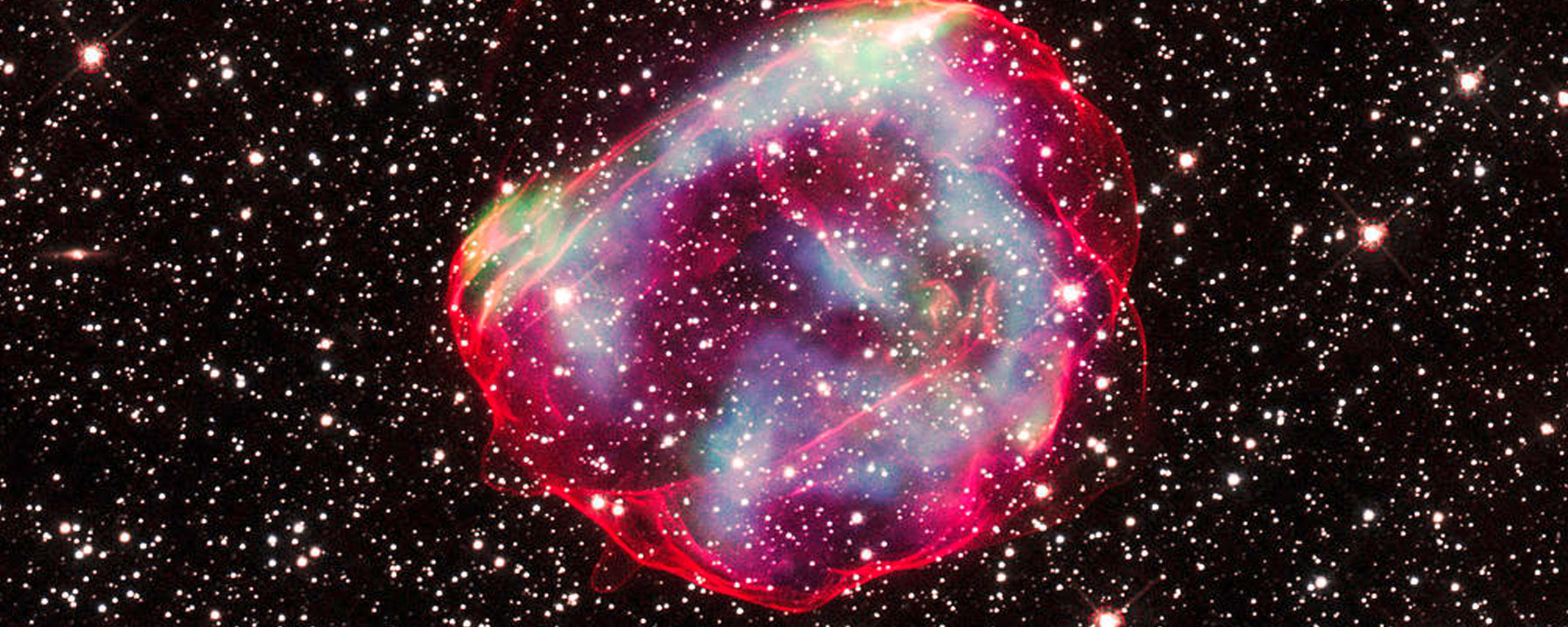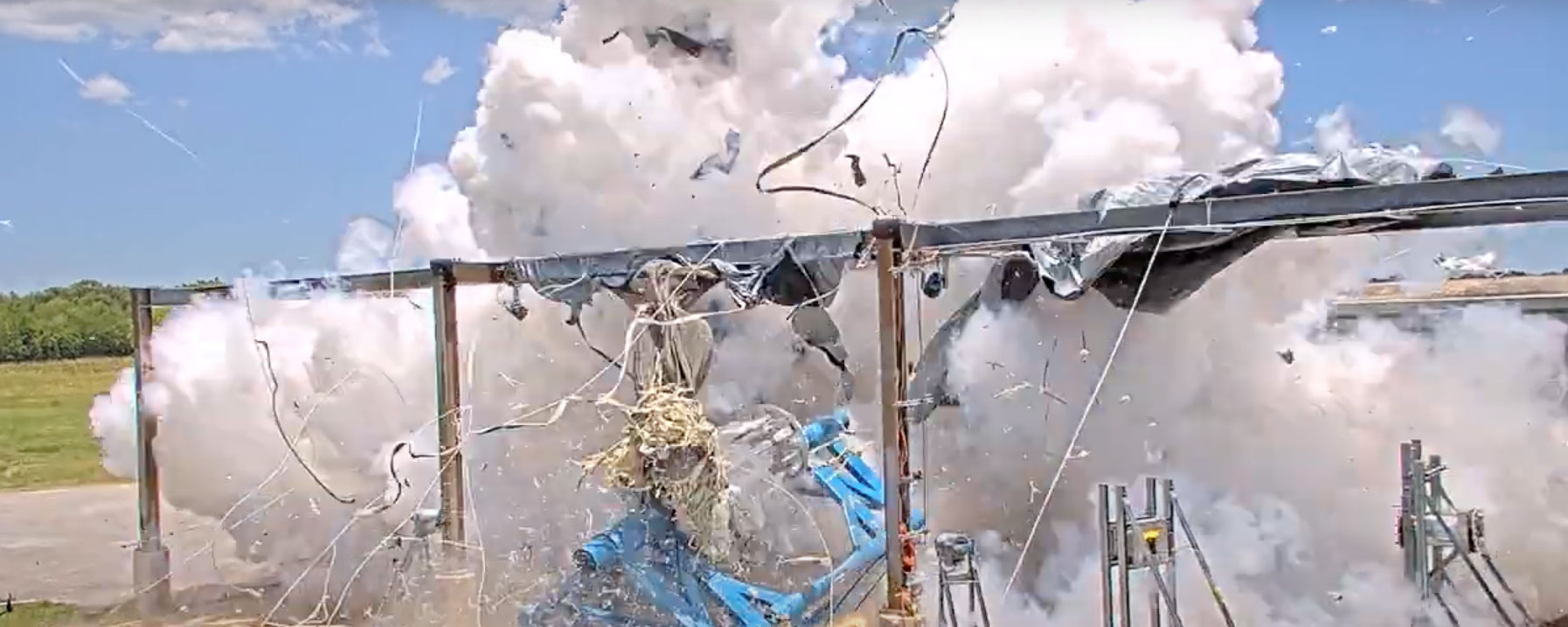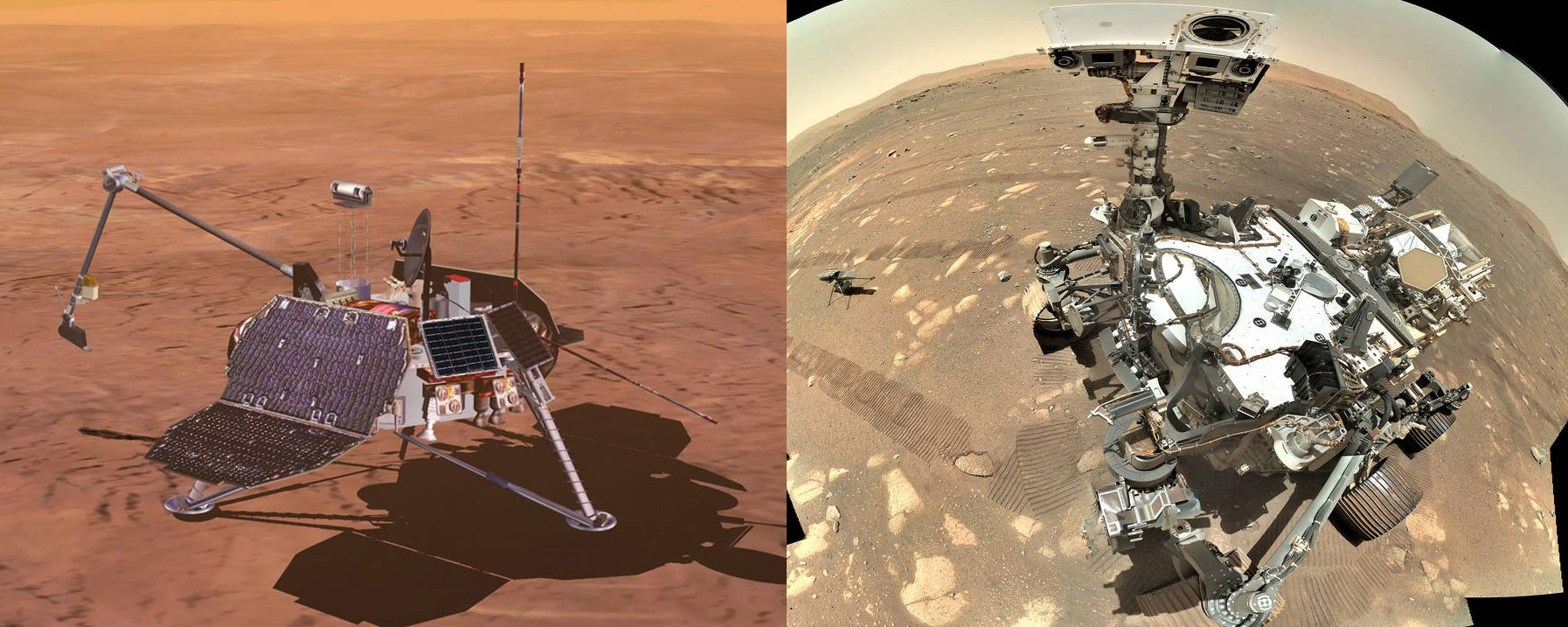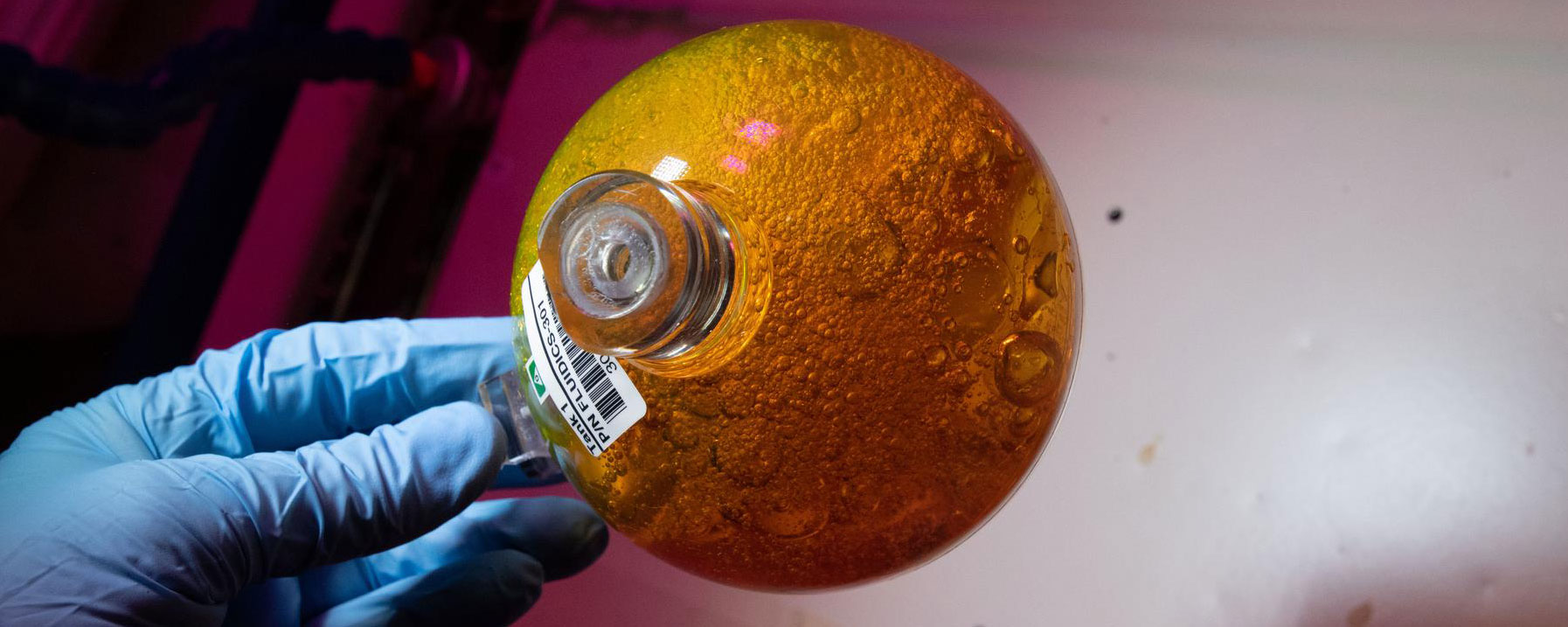Week of September 12 – September 16
NASA Adjusts Dates for Artemis I Cryogenic Demonstration Test, Launch
NASA has adjusted the targeted dates for a cryogenic demonstration test and for the next launch opportunities for Artemis I, the first integrated flight test of the Space Launch System rocket and Orion spacecraft beyond the Moon. The agency will conduct the demonstration test no earlier than Wednesday, Sept. 21, and has updated its request for a launch opportunity Sept. 27, with a potential backup opportunity of Oct. 2 under review.
Setting the Clock on a Stellar Explosion
While astronomers have seen the debris from scores of exploded stars in the Milky Way and nearby galaxies, it is often difficult to determine the timeline of the star’s demise. By studying the spectacular remains of a supernova in a neighboring galaxy using NASA telescopes, a team of astronomers has found enough clues to help wind back the clock.
Inflatable Habitat Burst Pressure Test
As NASA prepares to send humans back to the Moon and beyond to Mars, inflatable habitats are concepts being considered for Lunar Surface Habitats and Mars Transit Habitats. Burst pressure tests are necessary to meet human safety certification, and engineers use them to determine the ability of the habitat to withstand internal pressure and the maximum internal pressure required to cause failure of the habitat’s woven, structural shell.
25 Years of Continuous Robotic Mars Exploration
On July 4, 1997, a new era of continuous robotic scientific exploration of Mars began, with at least one spacecraft operating at all times, either on the surface or in orbit around the planet. Today, an international array of 13 spacecraft – one stationary lander, eight orbiters, three rovers, and one helicopter – are continuously adding to our knowledge of the Red Planet.
Space Station Science Highlights
Crew members aboard the International Space Station conducted recent scientific investigations that included studying microgravity’s effect on the human grip, evaluating the behavior of liquids in a sphere, and launching small satellites carrying scientific investigations and technology demonstrations. Learn more about some of the microgravity investigations currently taking place aboard the orbiting lab.
For more information or to learn about other happenings at NASA’s Marshall Space Flight Center, visit NASA Marshall. For past issues of the ICYMI newsletter, click here.

























